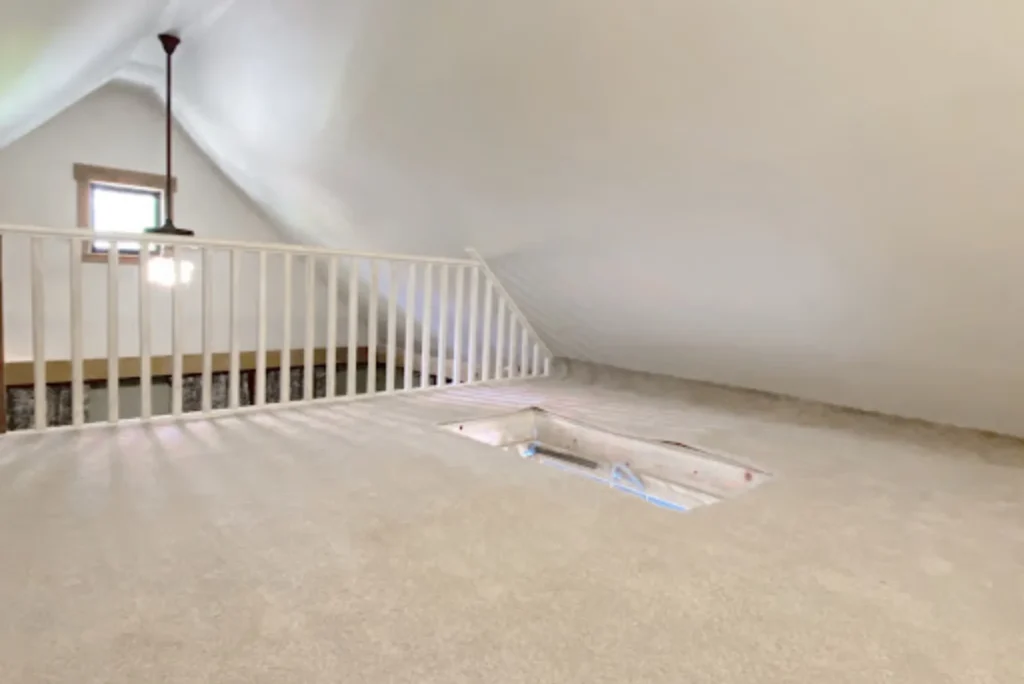Can I Do Loft Boarding Myself?

Loft boarding has become increasingly popular among homeowners seeking to maximize their storage space and add value to their property. While hiring professionals for loft

Loft boarding has become increasingly popular among homeowners seeking to maximize their storage space and add value to their property. While hiring professionals for loft